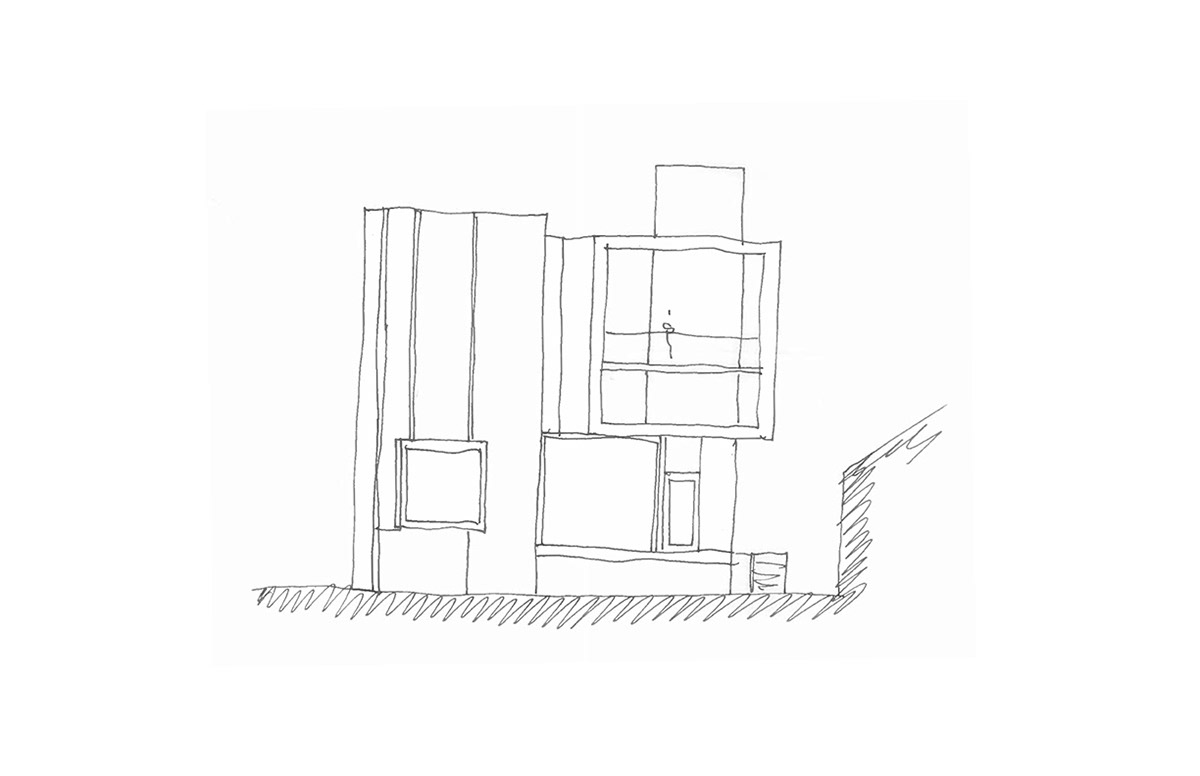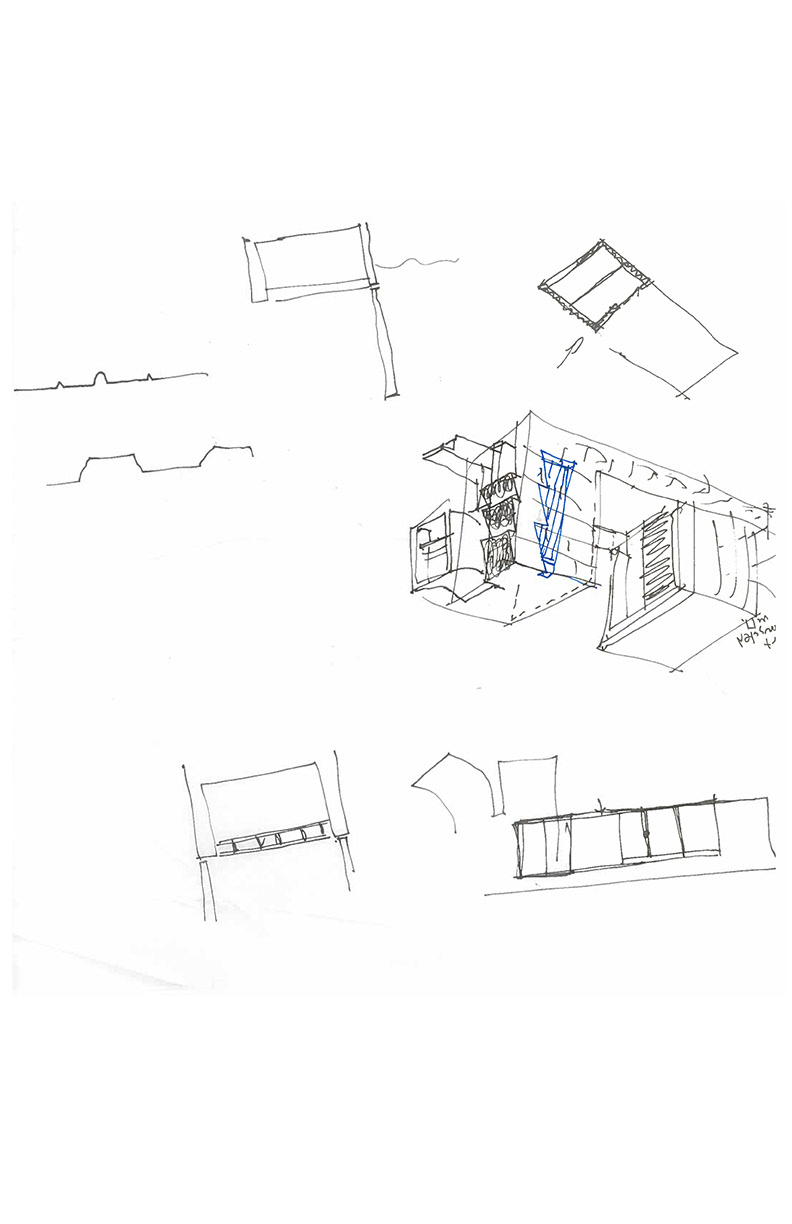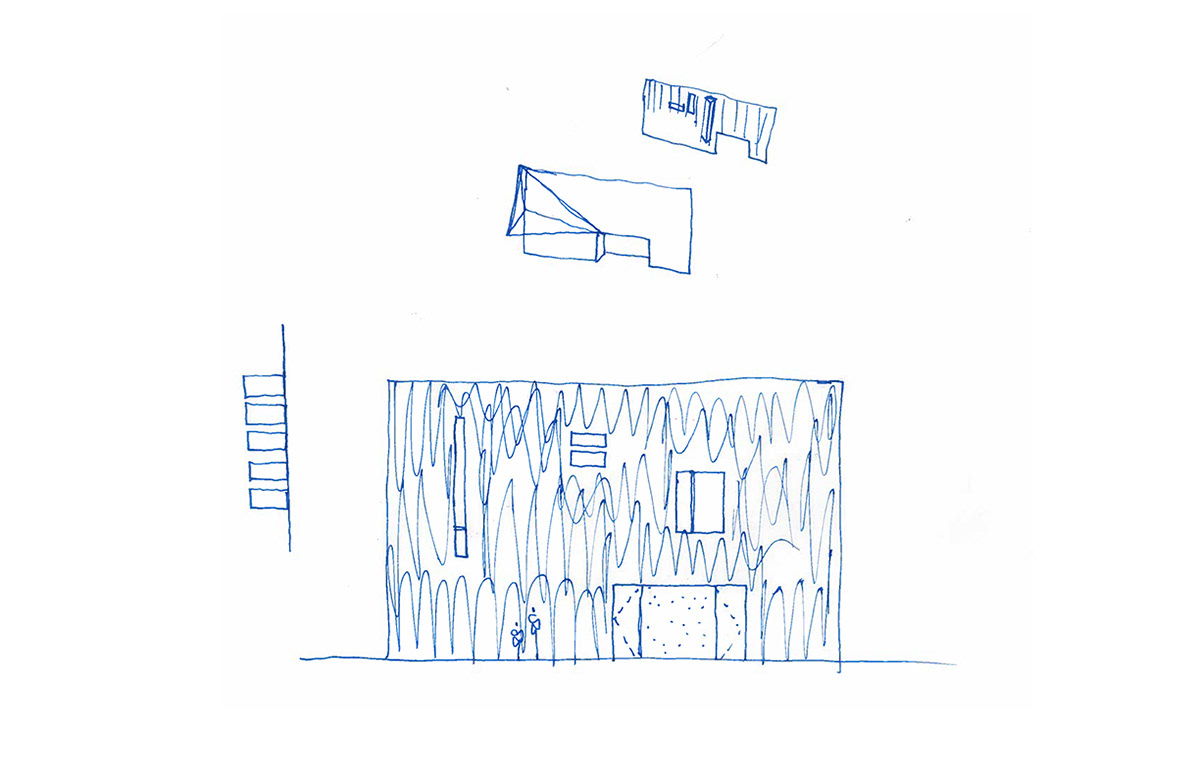Orange Grove Lofts, Hollywood, CA
Orange Grove Lofts, Hollywood, CA
Orange Grove Lofts, Hollywood, CA
Orange Grove Lofts, Hollywood, CA
Orange Grove Lofts, Hollywood, CA
Orange Grove Lofts, Hollywood, CA
Orange Grove Lofts, Hollywood, CA











Orange Grove Lofts, Hollywood, CA
Orange Grove Lofts, Hollywood, CA
Orange Grove Lofts, Hollywood, CA
Orange Grove Lofts, Hollywood, CA

